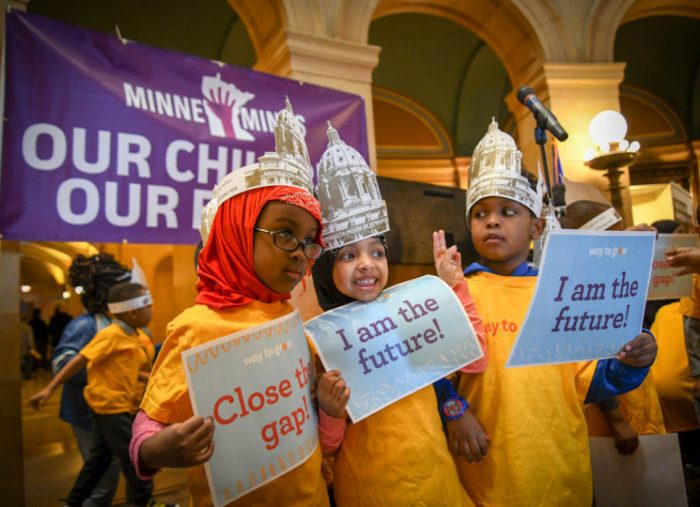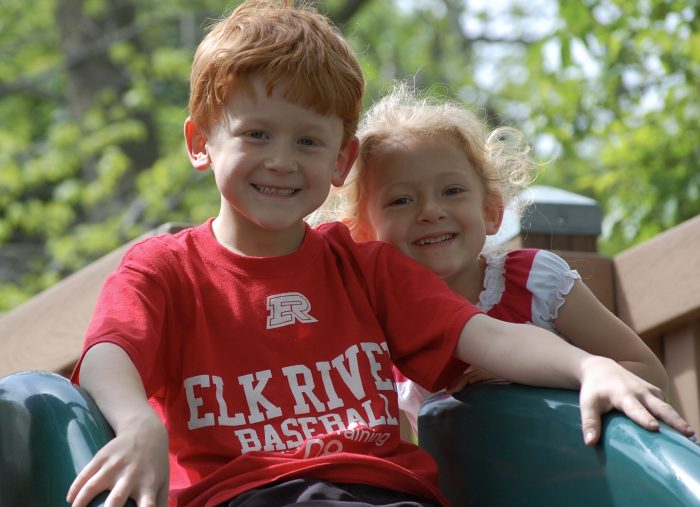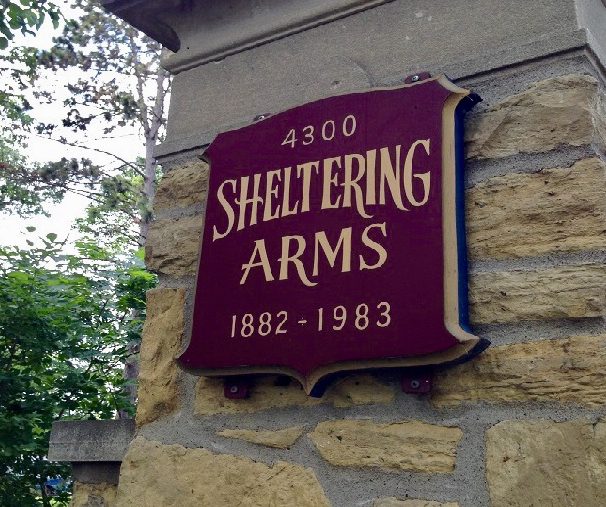What We Fund
Home » What We Fund
-

Advocacy
The Sheltering Arms Foundation’s vison of success is that the opportunity gap will be significantly diminished because broad public will exists to make investments to assure that all Minnesota children succeed in school and life.
To achieve this goal, we fund advocacy efforts that increase access to high quality, culturally appropriate early childhood care and education and youth development/out of school time opportunities.
We fund political networks, coalitions and campaigns that lobby, advocate and organize for children’s early learning and life success. We also support training to help parents become advocates for their children’s early learning and out of school time success.
-

Early Childhood
EARLY CHILDHOOD
The Sheltering Arms Foundation’s vision of success is that all Minnesota children with the least access to resources are socially and emotionally, as well as physically and cognitively ready for kindergarten.To achieve this goal, we fund high quality culturally appropriate early childhood programs that support children’s social, emotional, physical and academic development with strong family engagement strategies. Eligible programs include innovative early care and education, targeted home visiting and parent education, or early childhood mental health programs.
A high quality early care and education program has the following elements:
• A 3 or 4 star Parent Aware rating or is on a pathway to attain it
• A research based high quality curriculum
• Opportunities for family engagement in programming
• Quality assessment tools where data informs program improvement
• Access to professional development for staff that supports growth in their job in areas such as: program design, evaluation and assessment, inter-cultural skills, and child development.A high quality parent education and targeted home visiting program has the following elements:
• A focus on strength-based whole child and family development that includes cognitive, physical, social and emotional development
• A research based high quality curriculum and evidenced based model
• A parent-child interaction component
• Active involvement of parents/caregivers in their child’s learning process
• Intensity and duration of contact appropriate for goals of the program
• Quality assessment tools where data informs program improvement
• Access to professional development for staff that supports growth in their job in areas such as: program design, evaluation and assessment, inter-cultural skills, and child development.A high quality early childhood mental health program has the following elements:
• Priority given to mental health programs that align with high quality early care education and targeted home visiting programs.
• Primary focus on Relationships
• Culturally appropriate interventions
• Research based high quality methodology
• Opportunities for family engagement in programming
• Initial assessment of each child including for trauma and chronic stress
• Intensity and duration of client services appropriate to the goals of the intervention
• Quality assessment tools where data informs program improvement
• Access to professional development for staff that supports growth in their job in areas such as: new developments in early childhood mental health treatments, program design, evaluation and assessment, and inter-cultural skills. -

Youth Development
The Sheltering Arms Foundation’s vision of success is that all Minnesota children are socially and emotionally, as well as physically and academically prepared to succeed by 7th grade.
To achieve this goal, we fund high quality culturally appropriate youth development programs for 5-12 year olds that support children’s social, emotional, physical and academic development with strong family engagement strategies.
Eligible programs are out of school time and mentoring programs in school based settings, community settings or affordable housing locations.
A high-quality youth development programming should include the following elements:
• Sequential activities that teach skills
• Active and experiential learning
• Focused and explicit skill development
• Developmentally and culturally appropriate program design
• Intensity and duration of contact
• Social and Emotional Learning competencies (self-awareness, self-management, social awareness, relationship skills and responsible decision making)
• Opportunities for family involvement and participation in programming
• Quality assessment tools where data informs program improvement
• Access to professional development for staff that supports growth in their job in areas such as: youth programming, evaluation and assessment, inter-cultural skills, and program design.
